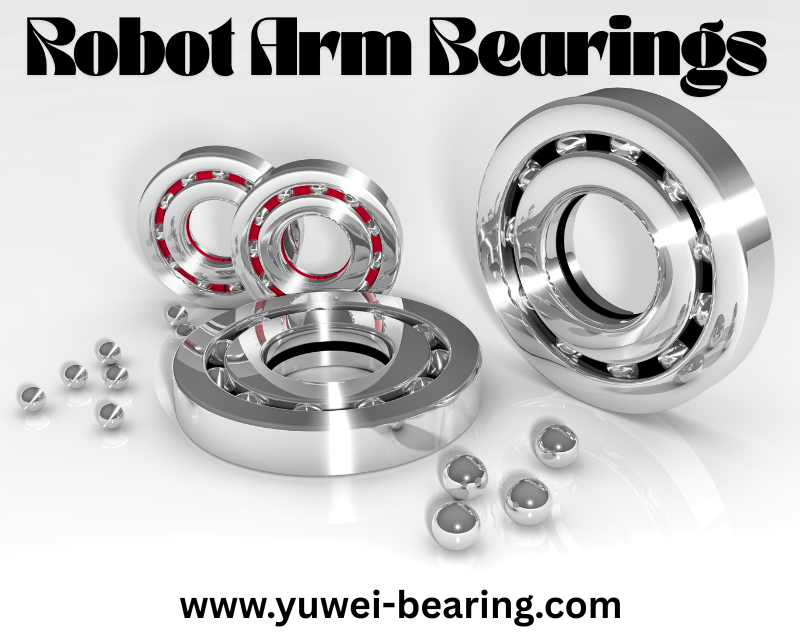
In today’s age of intelligent automation and advanced robotics, precision isn’t a luxury—it’s a necessity. From manufacturing lines to surgical robots, every movement must be flawless, calculated, and repeatable. At the core of this mechanical ballet lies an often-overlooked yet vital component: robot arm bearings.
These specialized bearings aren’t your standard mechanical parts. Engineered to withstand the dynamic and complex demands of robotic joints, robot arm bearings ensure smooth, accurate, and consistent movements in multi-axis systems. They are the silent heroes behind the seamless operation of robotic arms, enabling everything from pick-and-place tasks in warehouses to complex welding procedures in automotive plants.
What Makes Robot Arm Bearings So Crucial?
Robotic arms are designed to mimic the flexibility and articulation of a human limb. To achieve this, they must rotate, pivot, and extend with incredible precision—tasks that depend heavily on the bearings embedded in each joint.
Unlike traditional bearings, robot arm bearings must perform under unique conditions:
-
High Load Capacity: These bearings support heavy payloads while maintaining stability during high-speed movements.
-
Compact Design: With limited space inside robotic joints, bearings must be thin yet strong.
-
Minimal Friction: Low torque is vital for energy efficiency and smooth operation.
-
High Accuracy: Even the slightest deviation in movement can result in operational failure or defective products in automated systems.
A high-quality robot arm bearing reduces vibration, minimizes wear, and enhances the longevity of robotic systems. This is particularly important in industries where uptime, accuracy, and reliability directly impact profitability.
Applications Across Diverse Industries
The applications of robot arm bearings span a wide range of sectors:
-
Industrial Automation: Robotic arms used for assembly, packaging, and material handling depend on precision bearings for accurate and repeatable movements.
-
Electronics Manufacturing: In cleanroom environments, compact robot arm bearings facilitate high-speed placement of components with micron-level accuracy.
-
Medical Robotics: Surgical robots require micro-level precision. High-performance bearings help ensure minimal deviation, offering surgeons enhanced control.
-
Aerospace and Defense: From drone assembly to satellite component handling, robot arm bearings play a role in operations where failure is not an option.
Choosing the Right Robot Arm Bearings
Not all bearings are created equal. When selecting robot arm bearings, manufacturers must consider several key factors:
-
Load Rating and Speed Requirements
-
Operating Environment (temperature, contaminants, etc.)
-
Lubrication Needs
-
Noise and Vibration Levels
-
Dimensional Tolerances
Customized solutions are often necessary to meet specific design constraints. Bearings made from high-grade materials like stainless steel or ceramic hybrids are becoming more common for their durability and resistance to wear.
The Future is Automated—and Bearings Make It Possible
As automation technology advances, the expectations for robotic performance grow. Whether it’s collaborative robots (cobots) working safely alongside humans or ultra-fast pick-and-place machines in logistics centers, one thing remains constant: the need for robust, precise, and reliable robot arm bearings.
Investing in quality bearings isn’t just a mechanical decision—it’s a strategic one. It means reducing downtime, improving product quality, and staying ahead in a competitive market.




